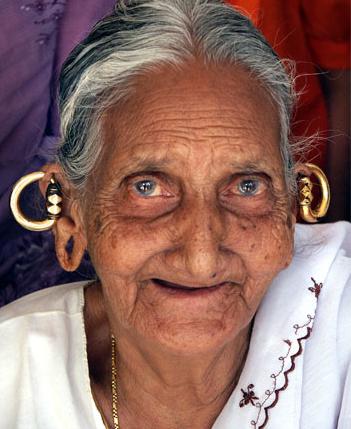ABOUT KNANAYA
The Knanaya Catholic Community has its origin in 345 A.D. with the migration of 400 people belonging to 72 families from 7 clans who came in three ships from Edessa in present Iraque to Kodungalloor in present Kerala state in India. Thomas of Kinai, a famous merchant from Edessa was their leader. The migration was mainly to support the Christians in Kerala who were declining because of religious persecutions and because of lack of priests. Bishop Joseph and four priets came along with the migrants.
Knanaya Catholics are a separate group of Catholics within the Syro-Malabar Church, and belong to the Arch-diocese of Kottayam in Kerala.
They have a lot of traditions which they were following from there origin and even now.
Knanayas are originated in Kottayam, Kerala. So each and every knanaya person around the world know malayalam, the language of kerala.
They came mostly from the Northern Kingdom of Israel. According to tradition, Kna Jews are also known as Southists (Thekkumbhagar in Malayalam) as they hailed from the southern province of Israel known in the Old Testament as the Kingdom of Judah. The distinction between the northern heavily exogamous Samaritans and the southern zealously endagamous tribes of Judea led to the difference among the non-Knanaya Nasranis as Northists and the Knanaya as Southists. The Knanaya continue to remain an endogamous group also within the Nasrani community.
KNANAYA TRADITIONS
Knanaya dressing has a great traditional background. Women wear a special type of dress called chatta and mundu and men wear another special dress called mundu and thorthu. Even now aged people wear the same.
These dresses are wear while playing the traditional festival called Margakali. It is a dance form very famous in kerala. It is played by both men and women. It is now not only played by knanaya but also all christians. There are different traditions on the origin of Margamkali. Few of them are
1. It is derived from the early forms of thiruvathira kali
2. It is derived from Sangam kali and the martial arts dance form parichamuttu kali.
3. It is an art form originated among the Knanaya christians while they were settled in Kodungallur during the 16th century and they used it as a mean of preaching the greatness of Christ and St.Thomas to non-christians in the southern towns such as Kottayam to convert them into Christianity. "Margam" means path or way or solution in Malayalam, but in the religious context it is known as the path to attain salvation. The process of one converting to Christianity was known as "Margam Koodal" till recently in Kerala.





0 Comments:
Post a Comment